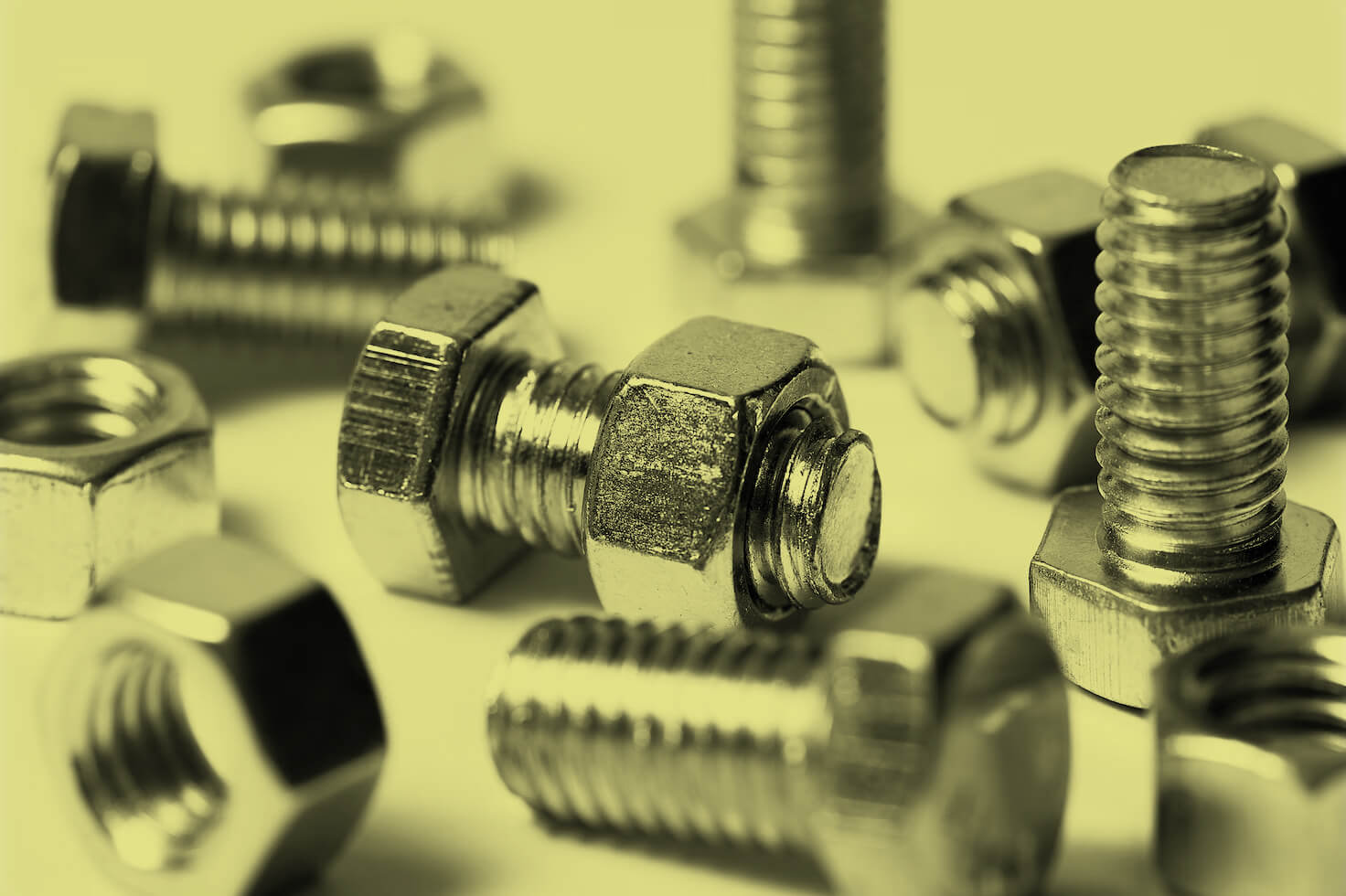Blog
Anti-Seize Lubricant for Stainless Steel Bolt
Stainless steel is lightweight, durable, and resistant to rust and corrosion. That makes it a perfect fit for many automotive components. As with any metal-on-metal connections, anti-seize lubricant should be used with stainless parts and fasteners.
Stainless Steel in Auto Parts
Stainless steel is a versatile material that is widely used in automotive applications. It is especially popular in custom modifications and aftermarket parts, although it is also widely used for many stock parts., including:
- Exhaust systems: Stainless steel can easily withstand the extreme and destructive conditions of a vehicle's exhaust system. Special anti-seize for stainless steel can be used to make removing parts such as the manifold or exhaust pipes easier should they need replacement.
- Cylinder heads and gaskets: Its ability to be treated to reduce high levels of fatigue strength make stainless steel a great choice for cylinder head and head gaskets. Head bolts can be treated with anti-seize for stainless steel bolts to help increase longevity and reduce galling and wear.
- Bolts and fasteners: Stainless steel's unique properties make it perfect for automotive fasteners. Bolts, nuts, and other connections made from stainless will not rust or corrode.
Why Use Anti-Seize Lubricant
Given stainless steel's resistance to rust, many people may opt to skip using an anti-seize grease. However, this can be a major mistake since the advantages of applying it go far beyond corrosion protection.
The benefits of an anti-seize lubricant justify its use with stainless steel components. Similar to when using it on other materials, anti-seize for stainless steel offers the following benefits:
- Lower torque is required to properly seat fasteners
- Easier disassembly for any needed repairs, replacement, or modifications down the road
- Superior protection against wear and galling at connections
- Improved resistance to heat, friction, and pressure
Special Properties of Stainless Steel Anti-Seize
When choosing stainless steel anti-seize, a few properties should stand out. First, any product should be resistant to high temperatures. Stainless is common in engine systems where temperatures regularly exceed 800 to 1,000 degrees. Any anti-seize grease used on it should be able to withstand that level of extreme temperature.
Another key feature is an easy application, including on difficult-to-reach components. This reduces the risk of overapplication and getting anti-seize lubricant on nearby parts, which can increase the chance of contamination. Sprays, brush applicators, and squeeze tubes are just a few of the specialty applicators that make this possible.
Know the amount of friction each component will be exposed to. Stainless steel is durable, but as an alloy, it needs protection to resist wear and damage. Anti-seize for stainless helps reduce the amount of torque needed to secure fasteners, making damage less likely. It also makes it easier to remove connections for replacement later on.
Anti-seize lubricant can extend the life of stainless components and fasteners by reducing wear and galling, making it an important tool in any repair shop. We sell pro-grade parts and supplies to help you complete repairs to the highest standards.
Sources:
- https://metalexponents.com/blog/stainless-steel-applications-automotives/
- https://www.brighthubengineering.com/manufacturing-technology/73568-hydrostatic-lubrication/
- https://www.engineersedge.com/material_science/antiseize_compound_application_review_13389.htm
- https://www.manufacturing.net/home/article/13216826/understanding-the-true-value-of-antiseize

